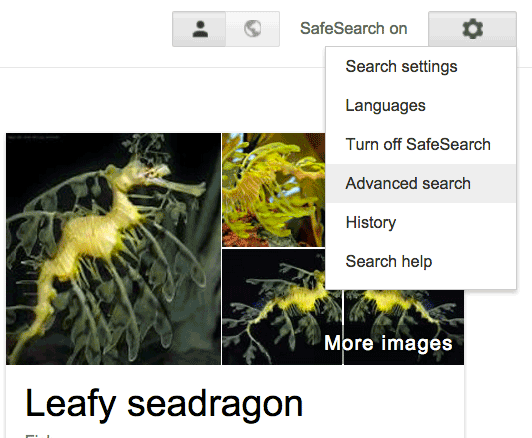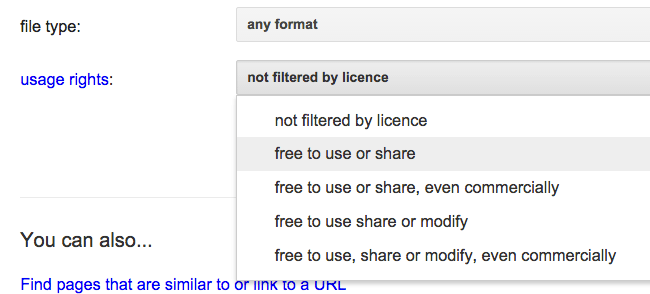 Unit 72 Computer Game Design
Unit 72 Computer Game Design Unit 72 Computer Game Design
Unit 72 Computer Game DesignUnit 72 as PDF Unit 70 as PDF JOBS
Introduction to the unit requirements and resources:
The aim of this unit is to provide learners with an understanding of the underlying principles of game design. Learners will examine visual style and gameplay present in games by undertaking structured gameplay. They will generate game design ideas and learn about and prepare initial formal documentation to communicate these ideas.
Game design is about daydreams. But these dreams must be communicated to team members, managers and financial backers. They must then be developed and documented for others to implement and this is a matter of engaging with some challenging realities. Consideration has to be given to identifying those unique features that will make them into playable top titles. All ideas must be recorded to provide a starting point and a reference against which entrepreneurs can make judgements on the risk involved in investing in the development of the game.
The unit aims to provide learners with an understanding of the underlying principles of game design that define the way that games work. Learners must appreciate these key game attributes before applying them to their own game ideas.
Ideas generation is a very necessary component of the initial development of every game. Having achieved the unit learners will be able to make decisions about potential audiences and identify potential ideas sources. They will have an opportunity to practise methods to stimulate and capture imaginings, and compare their ideas with existing titles.
Using more formal documentation, game studios record and communicate the concepts they hope to develop. The formal design proposal document (or ‘treatment’) becomes an initial instrument to inspire development teams and sets out a designer’s initial aspirations and vision of the final product. The systematic recording and development of these initial dreams and ideas allows consideration and application of the game design principles. A much briefer ‘pitch’ or ‘high concept’ one-page document advertises the new game idea, and is used as a preliminary taster to whet appetite and gain an invitation to develop the treatment document. This unit will introduce learners to both the high concept and the treatment documents.
Modern game development involves the world of finance to provide entrepreneurial backing, enabling tentative ideas to become titles on shelves in stores. These financial backers must be convinced that the risk they take has some chance of returning their investment. This unit provides an opportunity to develop skills in making that all-important pitch to gain the initial contract.
Unity manual, tutorials and knowledge base. Android latency reduction
 |
www.adobe.com the website of this software manufacturer contains useful information and resources, including training materials, forums, downloadable trial software and players, and news |
 |
www.lynda.com In addition to Lynda, try Total Training and VTC. Also online books from safaribooksonline.com |
 blogs
blogs
Baylis P, Freedman A, Procter N et al – BTEC Level 3 National Creative Media Production, Student Book (Pearson, 2010) ISBN 978-1846906725
Baylis P, Freedman A, Procter N et al – BTEC Level 3 National Creative Media Production, Teaching Resource Pack (Pearson, 2010) ISBN 978-1846907371
Adams E and Rollings A – Game Design and Development (Fundamentals of Game Design) (Prentice Hall, 2006) ISBN 978-0131687479
Atkins B – More Than a Game: The Computer Game as Fictional Form (Manchester University Press, 2003) ISBN 978-0719063657
Björk S and Holopainen J – Patterns in Game Design (Charles River Media, 2004) ISBN 978-1584503545
Crawford C – Chris Crawford on Game Design (F T Prentice Hall, 2003) ISBN 978-0131460997
Freeman D – Creating Emotion in Games: The Art and Craft of Emotioneering (New Riders, 2003) ISBN 978-1592730070
Fullerton – Game Design Workshop: A Playcentric Approach to Creating Innovative Games
(Morgan Kaufmann, 2008) ISBN 978-0240809748
Handler Miller C – Digital Storytelling: A Creator’s Guide to Interactive Entertainment (Focal Press, 2008) ISBN 978-0240809595
Koster R – A Theory of Fun for Game Design (Paraglyph Press, 2005) ISBN 978-1932111972
Laramee F D (editor) – Game Design Perspectives (Charles River Media, 2002) ISBN 978-1584500902
Meigs T – Ultimate Game Design: Building Game Worlds (Osborne McGraw-Hill, 2003)
ISBN 978-0072228991
Michael D – The Indie Game Development Survival Guide (Charles River Media, 2003) ISBN 978-1584502142
Oxland K – Gameplay and Design (Addison Wesley, 2004) ISBN 978-0321204677
Rollings A and Adams E – Andrew Rollings and Ernest Adams on Game Design (New Riders, 2003)
ISBN 978-1592730018
Rouse R – Computer Game Design, Theory and Practice (Game Developer’s Library, Wordware Publishing Inc, 2004) ISBN 978-1556229121
Schell J – The Art of Game Design: A Book of Lenses (Morgan Kaufmann, 2008) ISBN 978-0123694966
Swamy N and Swamy N – Basic Game Design and Creation for Fun and Learning (Charles River Media, 2006) ISBN 978-1584504467
Zimmerman E and Salen K – Rules of Play: Game Design Fundamentals (The MIT Press, 2003)
ISBN 978-0262240451
PEGI European age rating for games | ESRB US age rating for games
While you can use Photoshop to add a © text layer with reduced opacity to your images to deter online theft (handy for eBay) you can also add an invisible digimarc from the bottom of the Filters menu. On Windows you can get the © symbol by holding down Alt and typing 0169 on the numeric keypad, or Alt g on a Mac. no right click


